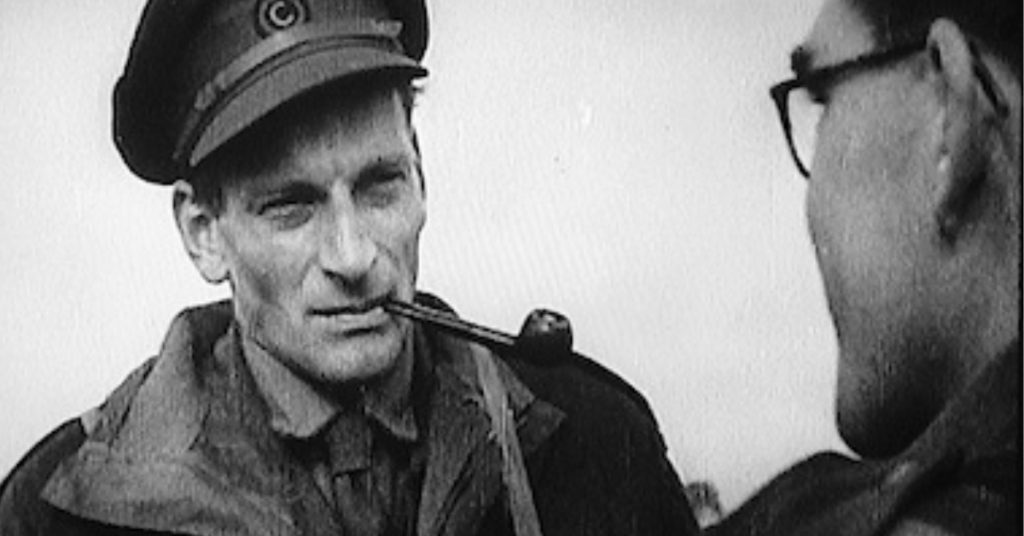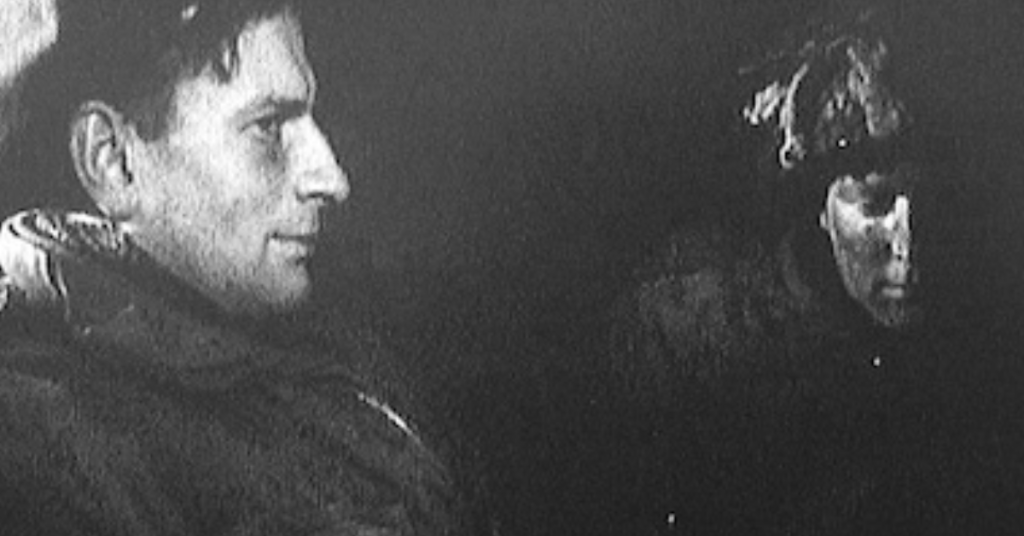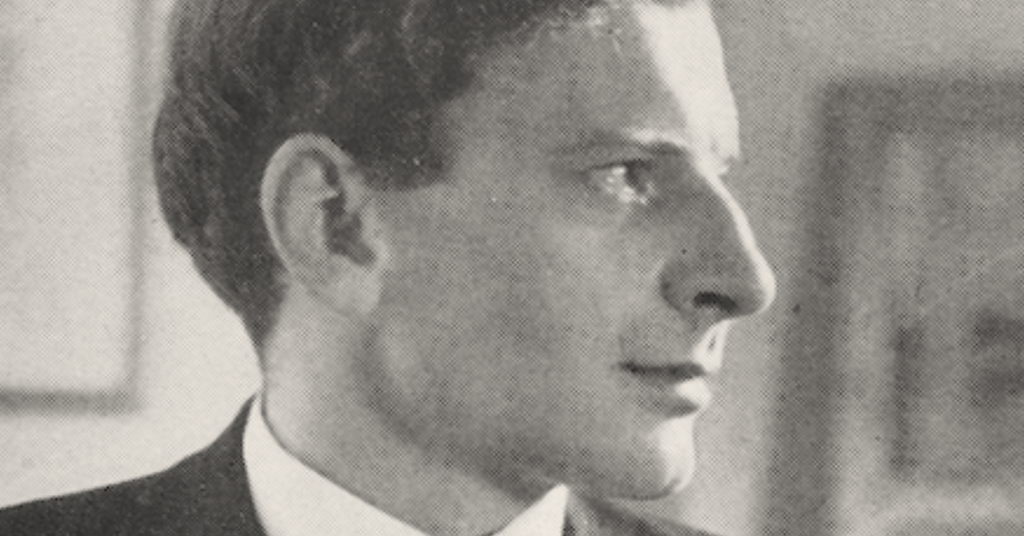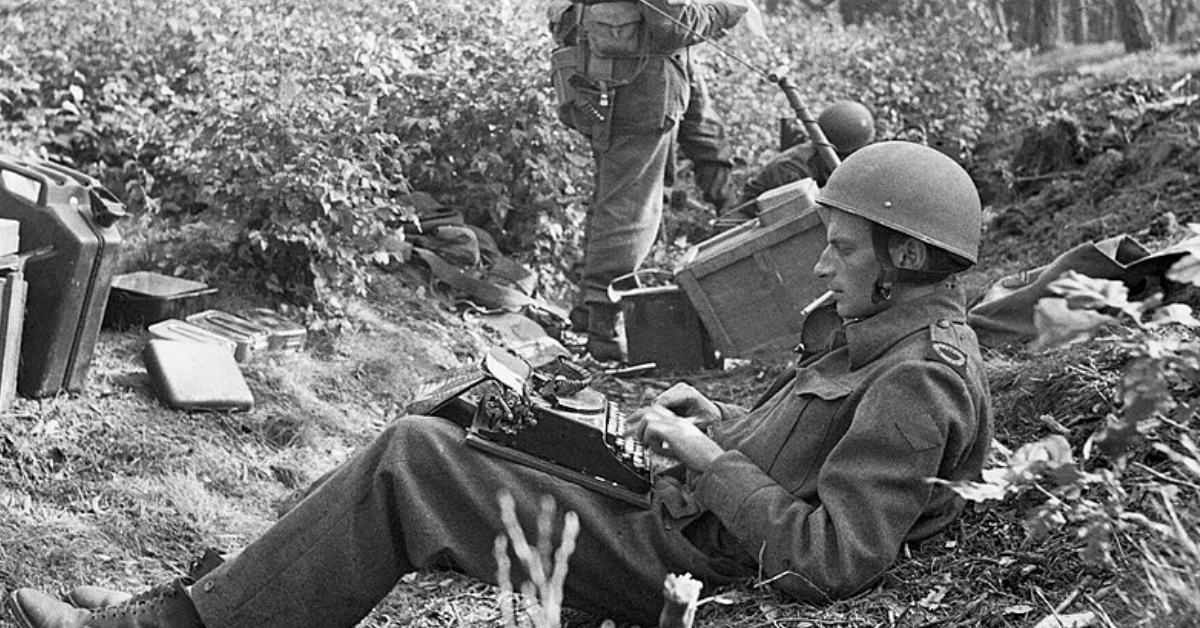The story of how a young writer from Chatswood became a key witness to one of World War II’s most famous missions in the Netherlands is now connecting the local community to a pivotal and tragic moment in global history.
A Local on the World Stage

Before he reported from the front lines of Europe’s greatest conflict, Alan Wood was a local boy. Educated at Sydney Grammar and the University of Sydney, he left Australia to continue his studies at Oxford University in the United Kingdom. He soon began a promising career as a lead writer for the Daily Express newspaper in 1939.
However, the outbreak of war dramatically changed his path. Wood’s story serves as a powerful reminder of the global reach of the war and how it touched the lives of ordinary people from suburbs just like Chatswood.
From the Blitz to a Bridge Too Far

When the war began, Wood enlisted in the British Army. He first served as an anti-aircraft gunner in the Royal Artillery, defending London from air raids during the Blitz, which started in September 1940. While serving, he never entirely left his journalism career behind, continuing to write for his newspaper.
His role shifted in the later stages of the war when he became a war correspondent. This new position placed him at the centre of the action, reporting on the D-Day landings in June 1944. Just a few months later, in September 1944, he joined the Allied forces in Operation Market Garden. This ambitious plan was the largest airborne operation ever attempted, involving thousands of paratroopers aiming to capture key bridges in the Netherlands to hasten the war’s end.
Wood was there to cover the brutal Battle of Arnhem, a fight for a crucial bridge that would later be immortalised as ‘A Bridge too Far’. His service came at a great personal cost; during the Allied advance into Germany in March 1945, he suffered an injury that resulted in the loss of a leg.
An Enduring Australian Spirit

Despite living in the U.K. and serving in the British Army, Wood held onto his Australian identity. In 1942, he published a book titled Bless ’em All, writing under the pen name “Boomerang.” The book offered his unique perspective as an Australian observing the British Army from within its ranks. He also made frequent trips back to Sydney to visit family during and after the war, maintaining a strong connection to his home. His life was tragically cut short by a brain disorder, and he passed away in London in 1957 at the age of 43.
Remembering the Battle Today
Historian Mat McLachlan explains that while Wood’s story is remarkable, other Australians, particularly aircrew in the Royal Air Force, also played small but significant roles during Operation Market Garden. McLachlan describes the former Dutch battlefields as a powerfully preserved memorial to one of the war’s most dramatic campaigns. He notes that visitors today can see many of the key sites, including some of the original bridges and the solemn Arnhem Oosterbeek War Cemetery, where Allied soldiers are buried.
According to McLachlan, the area’s museums help bring this history to life. The former Allied headquarters, Hotel Hartenstein, now houses the Airborne Museum. He points out the sharp contrast between the peaceful Dutch villages and farmlands of today and the terrible fighting that took place there. This history is still actively remembered by the local Dutch communities, who hold annual parades to honour the Allied forces who fought for their freedom.
Published Date 06-October-2025











